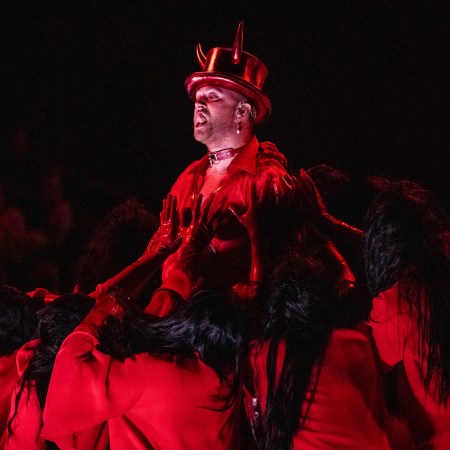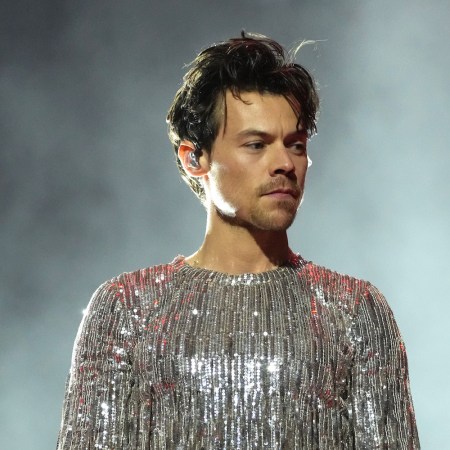Anyone who’s been paying attention to popular music in recent years can tell you women are woefully underrepresented, but now we have concrete data to back up that claim. As Pitchfork reports, a new study from the University of Southern California’s Annenberg Inclusion Initiative attempted to “assess the gender and race/ethnicity of artists, songwriters, and producers across the 800 top songs from 2012-2019” by using data from the Billboard Hot 100 year-end charts, and what they found is disheartening: less than 23 percent of the artists represented on the charts and less than 2 percent of producers were women.
The study also examined women’s presence in five of the Grammys’ major categories: Record of the Year, Song of the Year, Album of the Year, Best New Artist, and Producer of the Year. While the number of women nominees in those categories reached a nine-year peak in 2021, it’s still incredibly low, at just 28.1 percent, and as recently as 2017 it was a meager 6.4 percent.
The Annenberg Inclusion Initiative also looked at which genres featured the most female artists. Pop did best when it came to female representation with 32 percent, while only 12.3 percent of rap songs were performed by women. When it comes to female songwriters, there’s also a massive financial disparity, with the top 10 highest earning female songwriters and composers in 2020 generating 70 percent less income than their male counterparts that year.
Of course, none of this is unexpected. It’s harder to have a hit song when you don’t get played on the radio, and female artists have historically had a tougher time getting airplay, especially on country radio, where gender parity remains a major issue. And though there has been some slight progress with the Grammys, like the fact that all the nominees for Best Rock Performance this year are women, we’re all too familiar with the Recording Academy’s shady history with women thanks to allegations from ousted CEO Deborah Dugan and former president Neil Portnow’s infamous comment that female artists needed to “step up” if they wanted to be nominated.
But it’s important to note that the study focuses solely on popular music, not music as a whole. Engineer Heba Kadry took issue with the study’s small sample size on Twitter, writing that for the songs that typically land on the Billboard Hot 100 chart, “It’s the same 3 majors hiring the same 9 dudes to work on everything.” That’s not the case in the world of independent music, and limiting the study to mainstream popular music is a little misleading.
“I’m getting a bit tired of peddling this 2% statistic when there are objectively far more women in audio production & engineering in the independent music scene across all genres,” she wrote. “We are actually out here.”
Still, there’s clearly a long way to go and much work to be done to ensure that female artists, producers, songwriters and engineers actually get a fair shake.
Thanks for reading InsideHook. Sign up for our daily newsletter and be in the know.


















